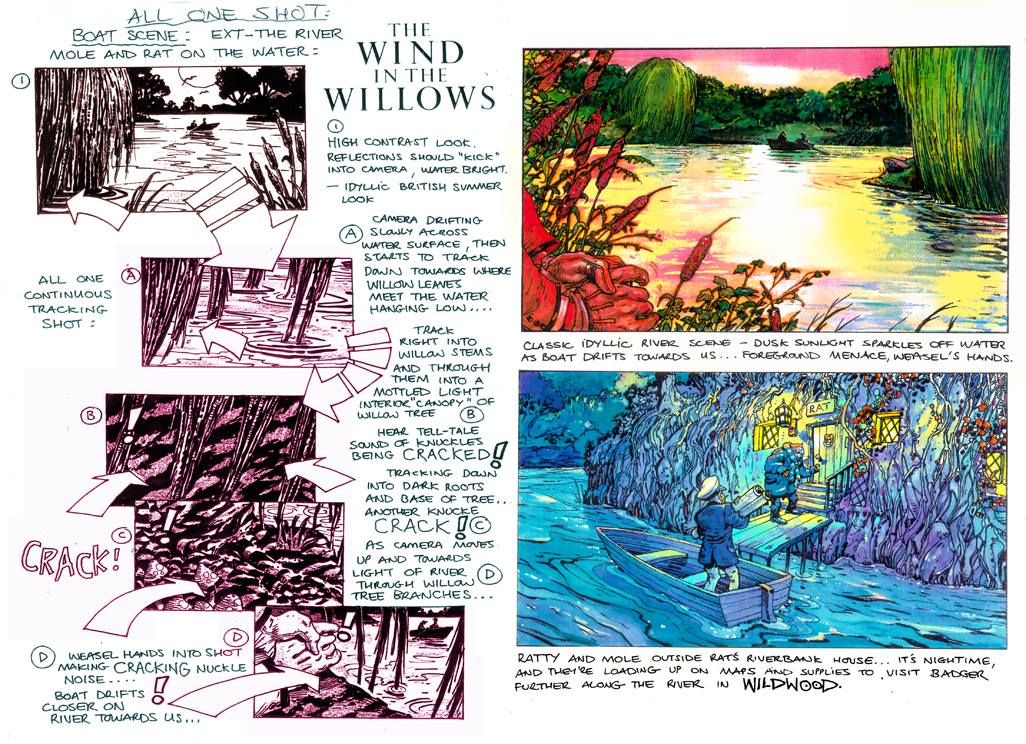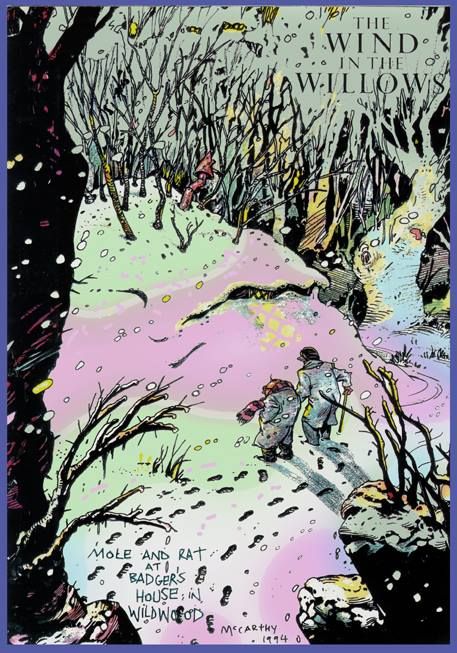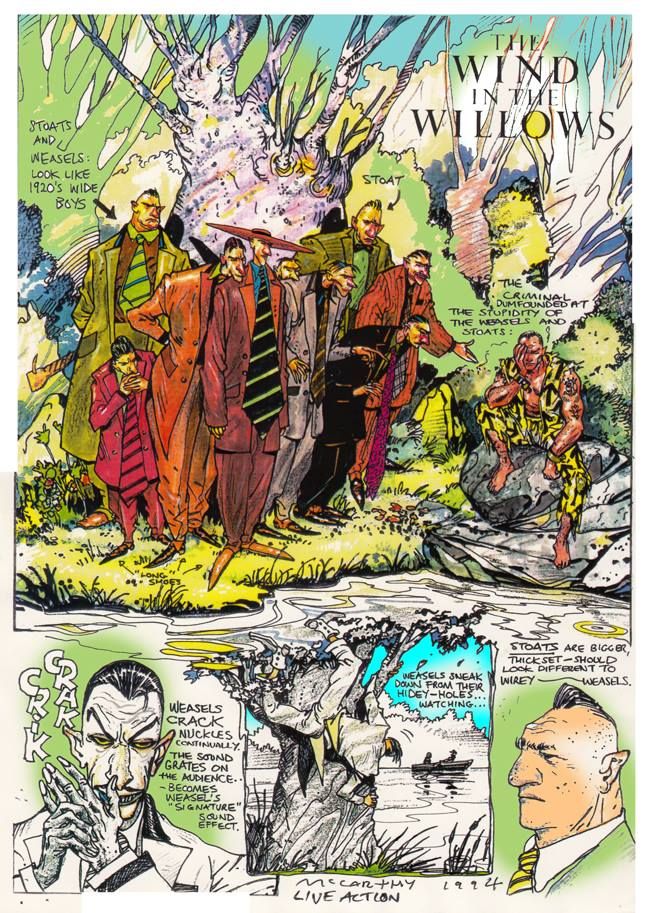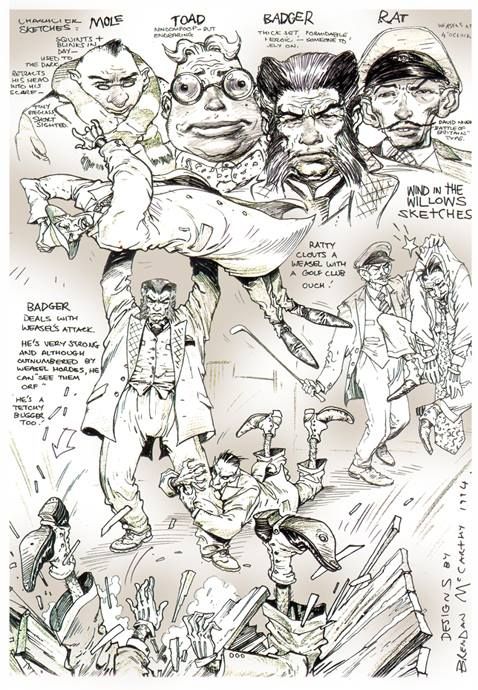Badgers, those humble burrowing mammals, are big news right now here in the United Kingdom, where there's a controversial cull going on in the southwest of England in an attempt to curb bovine tuberculosis in cattle herds. While other areas like Wales and Northern Ireland trial expensive attempts at vaccinating badgers, England is employing teams of marksmen to shoot the cute little buggers. I'm from a rural area where the local economy depends on dairy and beef production, so I know exactly where I stand on this subject. Not wanting to sound too heartless here, but it costs £600 to vaccinate a badger, while a bullet costs a few pence. And I do like a nice rib-eye steak washed down with a glass of milk.
Oddly enough, badgers seem to be having something of a moment in comics and pop culture these days, too: There's Brock Blueheart in Fables, and Archie LeBrock in Bryan Talbot's ongoing Grandville series, for starters. Depending on who you ask, the badger in book two of The League of Extraordinary Gentlemen was either Bill from the (90-plus years old, and still ongoing) newspaper strip Rupert the Bear or Mr. Badger from Kenneth Grahame's classic children's novel The Wind in the Willows. Grahame's Mr. Badger is being reimagined in Dave Elliot and Barnaby Bagenda's "Weirding Willows" in A1 as Victor Stoker. The gossip service Popbitch has its ongoing Baboon vs Badger debate (and recently posed the question to Bryan Talbot, with obvious results).
Being the maverick he is, I'm positive none of this zeitgeist-surfing has any bearing on Brendan McCarthy deciding to reveal some development art from an abandoned mid-'90s film adaptation of The Wind in the Willows. It was to be directed by Steve Barron, whom McCarthy had worked for before on Jim Henson's The Storyteller. According to McCarthy, the project ended because "Terry Jones and some of the Pythons got one into production first and kaboshed this version." That would be this underwhelming 1996 version, then. He also elaborated on the process behind his collaboration with Barron:
"The director liked me to do the boards in this style on the page, with key-frame colour shots dropped in here and there. (This was in the pre-digital era, about 20 years ago)... The director, Steve Barron, liked me to add lots of 'camera movement' arrows and verbal shot directions. Other directors only want minimal text. Depends...
These have been gathering dust, unseen, for twenty years... it's good to give an airing to what could have been a decent British film, from that 'Handmade' era. Sadly I have lost most of my film visuals material. I never thought it very important... I always considered my comics work to be the real deal...
I noticed directors like to be able to show stuff to producers and investors before things are shot... It keeps them calm!".
It's fantastic stuff, with that last storyboard effortlessly hitting Grahame's elegaic tone, with hints of that weird English rural mysticism that Jones and other adapters (going right back to A.A. Milne) missed as they played up the more antic side of the novel (though that first storyboard shows McCarthy could handle that, too). Let's remember that in the book, the god Pan shows up in a chapter that gave Pink Floyd the title for the long player The Piper at the Gates of Dawn. This makes it seem all the more fitting to me that another English master of psychedelia took a shot at adapting this material.





